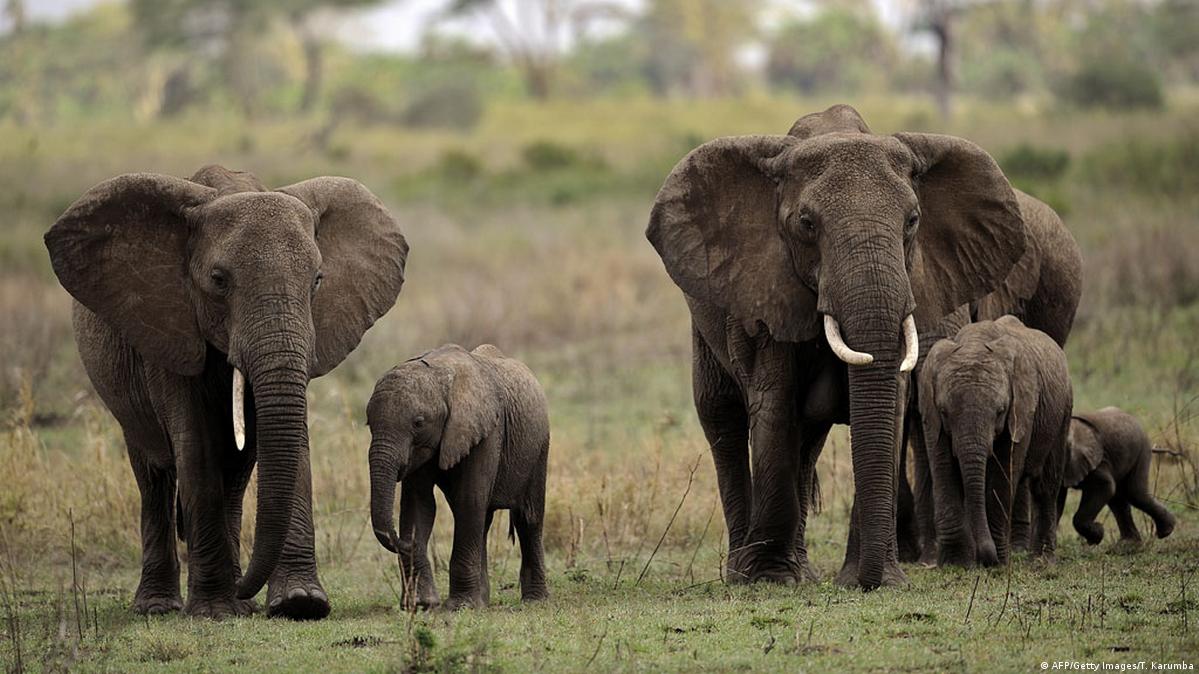The African Elephant (Loxodonta africana) is one of the most iconic and awe-inspiring creatures on Earth. Known for their intelligence, social behavior, and colossal size, African Elephants play a crucial role in maintaining the delicate balance of their ecosystems. Among the various African countries that house these majestic creatures, Uganda stands out as a prominent home to a significant population of elephants.
The African Elephant is the largest land mammal, boasting an impressive height of up to 13 feet and weighing an astounding 6 to 7 tons. These gentle giants are characterized by their long trunks, massive tusks, and large ears that help them dissipate heat. African Elephants are highly intelligent creatures, displaying a remarkable ability to use tools, communicate through various vocalizations, and demonstrate complex social behaviors within their herds.
African Elephants play a vital role in shaping their environments. As herbivores, they act as key seed dispersers and maintain the structure of vegetation. They also create waterholes through digging, providing a vital water source for other animals during the dry season. By influencing plant growth and distribution, elephants directly impact other herbivores, predators, and even the landscape itself.
Uganda as a Sanctuary for Elephants
Uganda, often referred to as the “Pearl of Africa” due to its stunning biodiversity, is home to various national parks and wildlife reserves that provide sanctuary to a rich diversity of wildlife, including the African Elephant. Three major national parks in Uganda are particularly known for their significant elephant populations:
- Murchison Falls National Park: Located in northwestern Uganda, Murchison Falls National Park is the country’s largest and oldest national park. It is home to approximately 1,500 elephants, and visitors can witness these magnificent creatures bathing, grazing, and interacting in their natural habitat along the Nile River.
- Queen Elizabeth National Park: Situated in southwestern Uganda, Queen Elizabeth National Park is famous for its diverse ecosystems, including savannah, forests, and wetlands. The park is home to over 2,500 elephants, making it one of the country’s most significant habitats for these animals.
- Kidepo Valley National Park: Nestled in the northeastern part of Uganda, Kidepo Valley National Park is renowned for its remote and rugged landscapes. Here, visitors can observe around 800 elephants roaming freely in the vast savannahs and rolling hills.

Conservation Efforts & Safeguarding Uganda’s Elephant Population
Despite being a sanctuary for elephants, Uganda faces several challenges in protecting these magnificent creatures. Habitat loss, human-wildlife conflict, and illegal wildlife trafficking among others remain significant threats to the elephant population.
To counter these challenges, the Ugandan government, in collaboration with international conservation organizations, has implemented various measures to safeguard elephants and their habitats. Community-based conservation programs, increased anti-poaching patrols, and public awareness campaigns have been instrumental in raising awareness about the importance of preserving these gentle giants.
African Elephants hold a special place in the hearts of people around the world. Their presence in Uganda’s national parks adds to the country’s allure as a premier wildlife destination. As custodians of these magnificent creatures, it is our responsibility to support conservation efforts that protect their habitats and ensure their survival for generations to come. By valuing and protecting these gentle giants, Uganda stands as a beacon of hope for African Elephant populations and inspires global efforts to preserve Earth’s incredible biodiversity.




